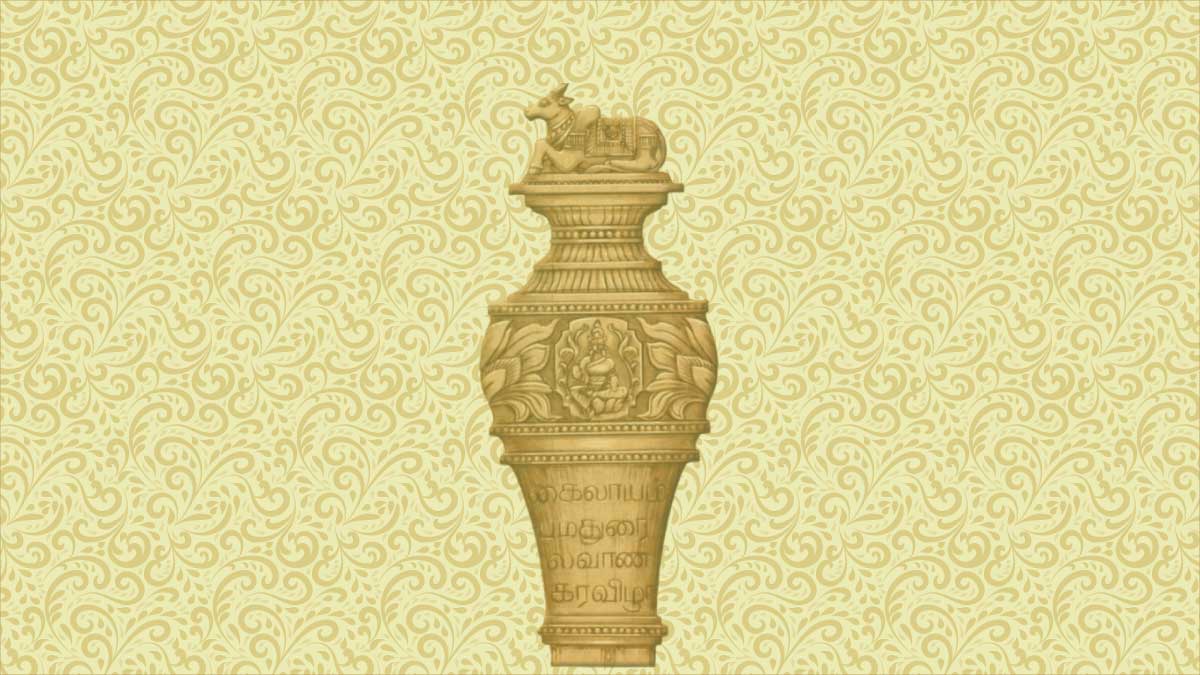On May 28, 2023, India’s new Parliament building is set to be inaugurated with great fanfare.
One of the key attractions at this momentous event is going to be a symbol of India’s Independence with a celebrated past.
Yes! I am talking about the golden sceptre called “Sengol”.
In this article, I am going to explain everything about Sengol, its meaning, historical origin, and why it is significant in the inauguration of India’s new Parliament building.
So without further ado, let’s start.
What is Sengol?
Sengol is a magnificent five feet golden sceptre, coated in silver.
It is adorned with an intricately carved Nandi at the top that denotes the concept of Justice.
The word Sengol has been retrieved from a Tamil term called semmai which means righteousness.
Symbolically it represents power and justice.
Historical Origins
Back in 1947, When India got Independence, Lord Mountbatten, the last British viceroy wanted to commemorate the transfer of Power.
He goes to Jawaharlal Nehru, who sought the opinion of C. Rajagopalachari (as both of them belong to the India National Congress).
Inspired by Tamil traditions, C. Rajagopalachari suggested the idea of Sceptre.
In Tamil tradition, a high priest presents a sceptre to a new king.
This ancient practice seemed suitable to symbolize India’s freedom from the British Raj.
Liking this idea, officials call the famous jewelers Vummidi Bangaru to craft the Sengol.
On August 14, 1947, Late Prime Minister Pandit Jawaharlal Nehru received the Sengol in a special ceremony via a high priest.
Pandit Ji accepted that as the symbol of India’s Independence.
It marks the ceremonial transfer of power which was a significant moment in history.
Current Location of Sengol
Since its creation, it was preserved in a museum in Allahabad.
It has been safeguarded as a historical artifact allowing people to appreciate its value.
The Revival
When came to know about the history of Sengol, Prime Minister Narendra Modi showed his interest in incorporating it into the Inauguration of India’s new Parliament building.
It is expected, PM Modi will receive the Sengol and it will be prominently placed near the speaker’s seat during the inauguration.
If you analyze, then you can see that the revival of sengol highlights India’s modern need and doesn’t leave its local traditions behind. Hence, Sengol also represents India’s diverse heritage and the birth of a great nation.
It is going to shine as a national symbol of the Amrit Kaal – which is believed to be an era when India got its rightful place in the world.

